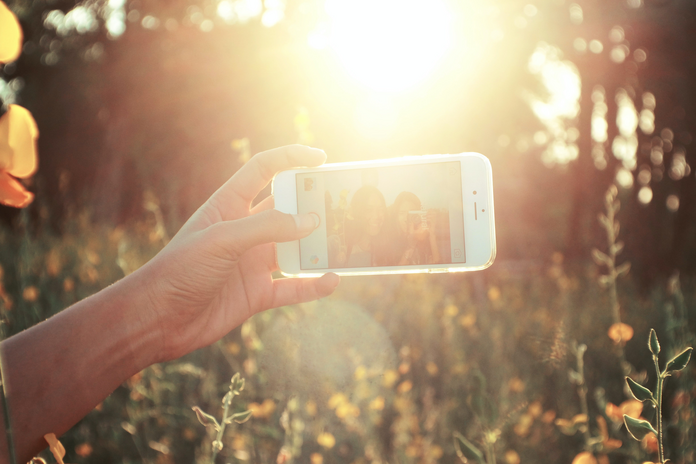Though Vincent Van Gogh’s grave is not at the forefront of the graveyard in Auvers-sur-Oise, France, in which he is buried, it was not a difficult plot of land to locate. For one, it has plush, bright, ivy-like vines that snake around the base wildly, though the headstone remains clean. Secondly, it was the only grave that has a group of people taking selfies in front of it at any given point in time. Though the day I perused this landmark was absolutely beautiful and there was not a single cloud in the sky, tourists’ “selfie sticks” filled that role.
A mile down from Van Gogh’s grave puts you close to the Auberge Ravoux, also known as the House of Van Gogh. The Dutch painter did not spend a considerable amount of time here–only the last 70 days of his life before he is believed to have killed himself. My tour guide, Ailbe, told us he personally does not subscribe to this theory, rather, he thinks that some neighborhood hooligans were the ones to have shot Van Gogh and because he knew he was dying, saw no point in delivering them to punishment. The House of Van Gogh has been painstakingly and meticulously restored to bear as close a resemblance to what it would have looked like during Van Gogh’s stay as possible, going as far as opening a café that serves era-appropriate meals. It certainly was a hallowing experience to learn both closely and intimately about this great artist who has created so much and has been able to inspire so many, though he himself suffered greatly. To be present in places that you’ve only seen images of in your home oceans away is an awe-inspiring experience I will passionately tell anyone to pursue.
However, this was exactly the problem I found with my time spent abroad: I saw so many people who just were not present in the moment, rather, focused on getting a snapshot to prove their presence.
When roaming the graveyard Vincent Van Gogh and his brother, Theo, are buried in, I watched a gaggle of friends take a group shot in front of the brothers’ graves before handing their respective iPhones to one another to get a photo of just themselves in front of the site sans group. I remember so vividly, as if I took a photo of the instant: a girl in a pale green dress with her left arm on the top of Vincent’s arm and her right arm on her hip. She smiled for a brief moment–her face dropping in tandem with her friend’s lowering of the cell phone, signifying the end of the photoshoot. The girl in the green dress scurried around the final resting place of the Van Gogh brothers. “This looks great! Now take one for Snapchat!”
There is such a fine line between documenting events with the intention of remembering times experienced as well as having an aid to tell people in the future about the lives we lead, and taking snapshots for the sake of creating an Internet presence we so desperately feel the need to follow in this day and age. It’s harmful to experience things with the idea of posting on social media in the foreground, as it is essentially having experiences on a superficial level. One does not gain anything (with the exception of a follower or two) by visiting a place or having experiencing if only to prove they have done so. If anything, these are concepts that should exist completely separately. You cannot live for “likes.”
In all honesty, if you were to check my Instagram account, you would absolutely find photos from my travels: a picture of the Eiffel Tower, the London Eye as the sun is setting. I don’t think taking and sharing photos is the problem. The issue comes from not putting the cell phone in your back pocket and focusing on what is unfolding around you. It comes from putting content into the world with the hopes that a certain amount of people will see it, a certain amount of people will like, comment, share, respond to it. Being able to connect with people at the speed we are is astounding, but we cannot grow to depend on it, because it eventually develops into this phenomenon that we actually are only having experiences as surface level. What do we remember from moments experienced that only last as long as it takes for a shutter to close?
What cannot be shared on Twitter or Instagram are the moments and feelings following my snapping a photo: the way my knees felt as I climbed higher and higher towards the sky in the elevator in the middle of the Eiffel Tower; the sounds of the people cheering when 9:00 struck and the Tower lit up in a brilliant display; my friends’ faces as we approached the London Eye and it seemed to grow bigger. Smiles that were real, that did not disappear the moment a camera was not present.
The happiness of being able to live in a world where I can share the experiences I have because of having really experienced them, they are memorable, but not have experiences for the sake of sharing.

